I have a reports table with the following structure :
I want a SQL Query to get the report for the last 365 days by following conditions :
- Group dates if the same date is repeated.
- The days which the report is not available for the last 365 days, I need those days added to the result rows with 0 as their success and failed recipients.
I tried to get it by group by report dates
SELECT report_date, SUM(success_recipient) as success_recipient, SUM(failed_recipient) as failed_recipient FROM reports GROUP BY report_date;
and I have got the grouped result which satisfies the first condition
Now I need to append the rest of the days in the last 365 days to this result in which 0 as their success and failure recipients.
Expected result :
MYSQL VERSION : 5.6


